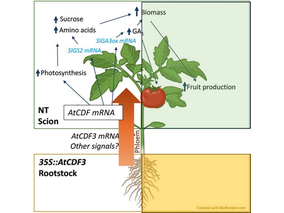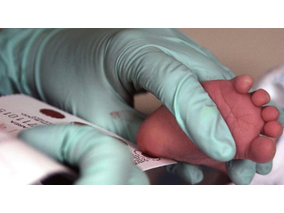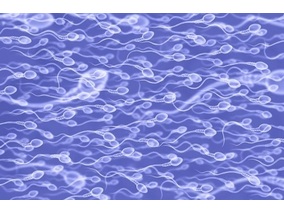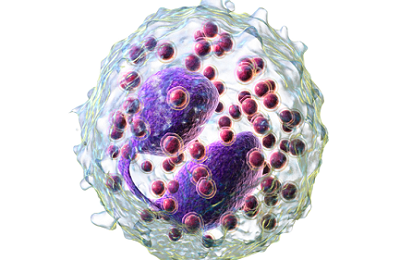The nanomotors carry anti-FGFR3 on their outer surface, an antibody that not only enables cancerous cells to be specifically targeted, but also inhibits the fibroblast growth factor signaling pathway, suppressing tumor growth. Crucially, the fuel that gives the nanomotors the capability of autonomous motion is urea, which is present at high concentrations in the bladder – making these particular nanomotors a promising avenue for this particular cancer.
“Our antibody-loaded nanomotors were able to ‘swim’ in both simulated and real urine,” says ICREA research professor Samuel Sanchez, who heads IBEC’s Smart Nano-Bio-Devices group. “We noticed a better suppression of the bladder cancer cells than when we used nanomotors without the antibody modification, and even more when compared with passive nanoparticles, which could arise from both the local ammonia production and the therapeutic effect of anti-FGFR3.”
Bladder cancer is the ninth most common cancer worldwide and presents a high survival rate but serious recurrence levels, demanding an improvement in existing therapies.
Nanomotors are a promising way to specifically target tumor tissues, enhancing the efficacy of cancer treatment and minimizing side effects. “Future studies using antibody-modified nanomotors that carry an imaging agent may open avenues to more efficient cancer diagnosis or therapies,” says Ana Hortelão, PhD student and first author of the paper.
Ana C. Hortelão, Rafael Carrascosa, Nerea Murillo-Cremaes, Tania Patiño, and Samuel Sánchez (2018). Targeting 3D Bladder Cancer Spheroids with Urease-Powered Nanomotors. ACS Nano, epub ahead of print

AtCDF3 gene induced greater production of sugars a...

Un estudio con datos de los últimos 35 años, ind...

Un equipo de investigadores de la Universidad Juli...

En nuestro post hablamos sobre este interesante tipo de célula del...

Palobiofarma S.L. is pleased to announce the “last patient last visi...
Biotechnology portal in Spain
Subscribe to our newsletter and stay up to date with the latest news and deals!
2013 © Biotech-Spain.com - Site Developments SL. All Rights Reserved. Terms of Service | Privacy Policy
Articles
Directory
